The present building was commissioned by Prince Massimiliano Massimo, so as to give a seat to the Jesuit Collegio Romano, originally within the convent of the church of Sant'Ignazio.
The palazzo eventually became the main seat of the museum as well as the headquarters of the Agency of the Ministry of Cultural Heritage and Activities of Italy, in charge for the archaeological heritage of Rome. The museum houses the ancient art (sculpture, painting, mosaic work and goldsmith's craft from the Republican Age to the Late Anquity) as well as the numismatic collection, housed in the Medagliere, i.e. the coin cabinet.
 https://en.wikipedia.org/wiki/National_Roman_Museum
https://en.wikipedia.org/wiki/National_Roman_Museum
 https://fr.wikipedia.org/wiki/Palais_Massimo_alle_Terme
https://fr.wikipedia.org/wiki/Palais_Massimo_alle_Terme
 https://en.wikipedia.org/wiki/National_Roman_Museum
https://en.wikipedia.org/wiki/National_Roman_Museum https://fr.wikipedia.org/wiki/Palais_Massimo_alle_Terme
https://fr.wikipedia.org/wiki/Palais_Massimo_alle_Terme









































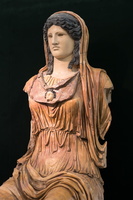
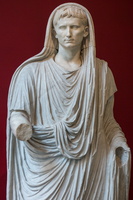
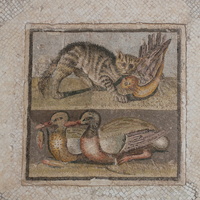
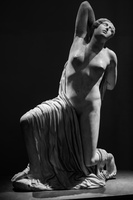
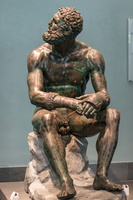
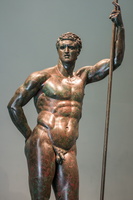
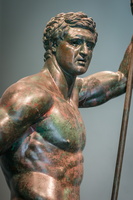
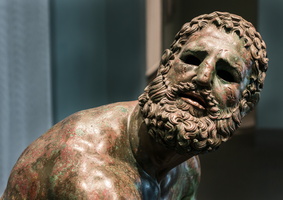
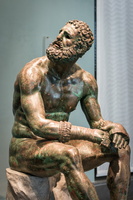
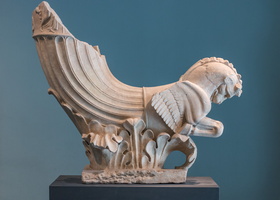
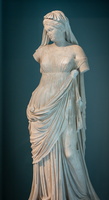
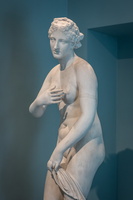
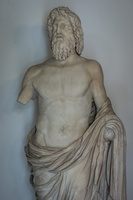
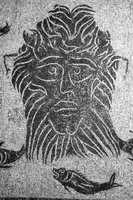
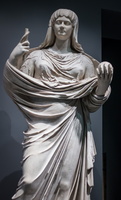


0 comments
Add a comment